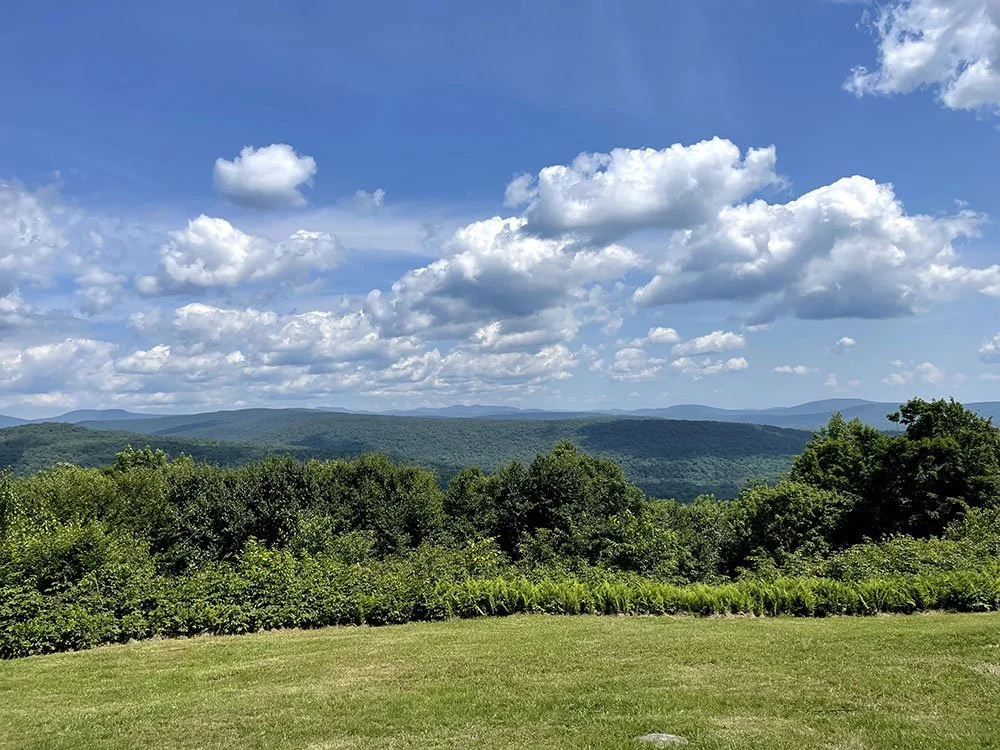Research Projects
Through ecological Research and applied land management, we’re working to better understand and help address the impacts of a changing climate.
For a long time, conservation meant “leaving things alone” or “letting nature take its own course,” but that is no longer an option in the face of human-driven climate change. BVLT is not just researching the problems facing our landscapes; we are taking action and implementing science-based stewardship projects.
That’s why we work with research partners, such as Cornell University, the Catskill Center for the Environment, Catskill Mountainkeeper and the Cary Institute to study the impacts of climate change and invasive species on the forests, rivers, and fields of the Beaverkill Valley.
By observing how wildlife, plants, and streams respond to climate-related stress, we can gain a clearer understanding of the best ways to care for them going forward.
Hemlock Conservation
The eastern hemlock plays an important role in both the history and the current makeup of the Beaverkill Valley’s forests. There are 28,000 acres of hemlock present in the Valley today, largely regenerated after being cut by the tanning industry in the 19th century, but a few virgin stands remain.
Hemlock trees provide shade that protects snowmelt and keeps our stream and river water cool which benefits trout and other important aquatic species. By growing on steep slopes or cool, damp stream corridors where other trees don’t thrive, hemlocks stabilize banks, reduce erosion, and absorb runoff to prevent flooding during extreme weather events.
The hemlock woolly adelgid (HWA) and elongate hemlock scale forest pests now seriously threaten our region’s hemlocks. Both insect-like creatures are native to Asia and have spread throughout the eastern United States, killing hemlock trees in vast numbers. To lose hemlocks entirely from the Beaverkill Valley would be to lose a piece of history and a vital component of our healthy woods and streams.
To protect these resources, BVLT has partnered with the New York State Hemlock Initiative at Cornell University to identify and protect priority stands and evaluate possible long-term solutions for the landscape.
For more information, visit:
New York State Hemlock Initiative (NYSHI) at Cornell University's information about treatment options
New York State Department of Environmental Conservation HWA Information
Ash Tree Conservation
Of the native species of ash in New York, the Beaverkill Valley has historically had abundant stands of white ash that have traditionally been valuable for timber. Ash trees also support a wide variety of forest plants and animals by providing nesting sites for birds, shelter for small mammals, as well as benefiting soil health. Ash trees’ leaf litter and roots improve and stabilize soil, reducing erosion and preventing sediment runoff into waterways.
In 2021, the first report of a pest called emerald ash borer (EAB) in the Beaverkill Valley was made by a local logger who had noticed the insects on a tree in his yard. BVLT and our partners at the Ecological Research Institute (ERI) confirmed the report, and have been monitoring the infestation of EAB ever since.
Despite extensive spreading of the ash borer, BVLT and ERI are not about to give up on our beloved ash trees. The hope now is to continue monitoring the pest, and to identify “lingering” ash trees, which may be resistant to the borer.
For more information, visit:
Monitoring and Managing Ash (MaMA). This website provides comprehensive information on EAB.
New York Invasive Species Information. This website provides information on EAB and treatment options available to landowners.



